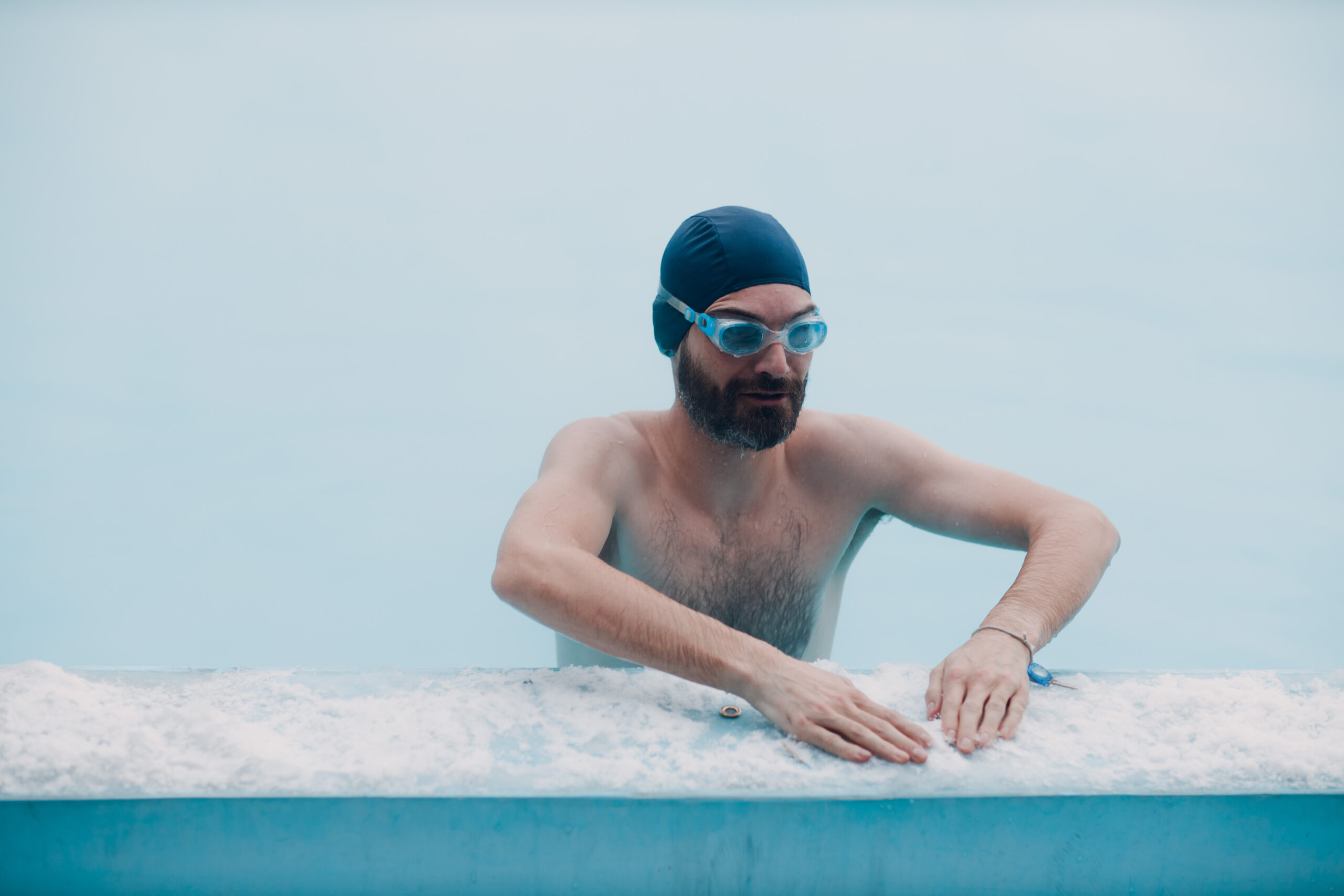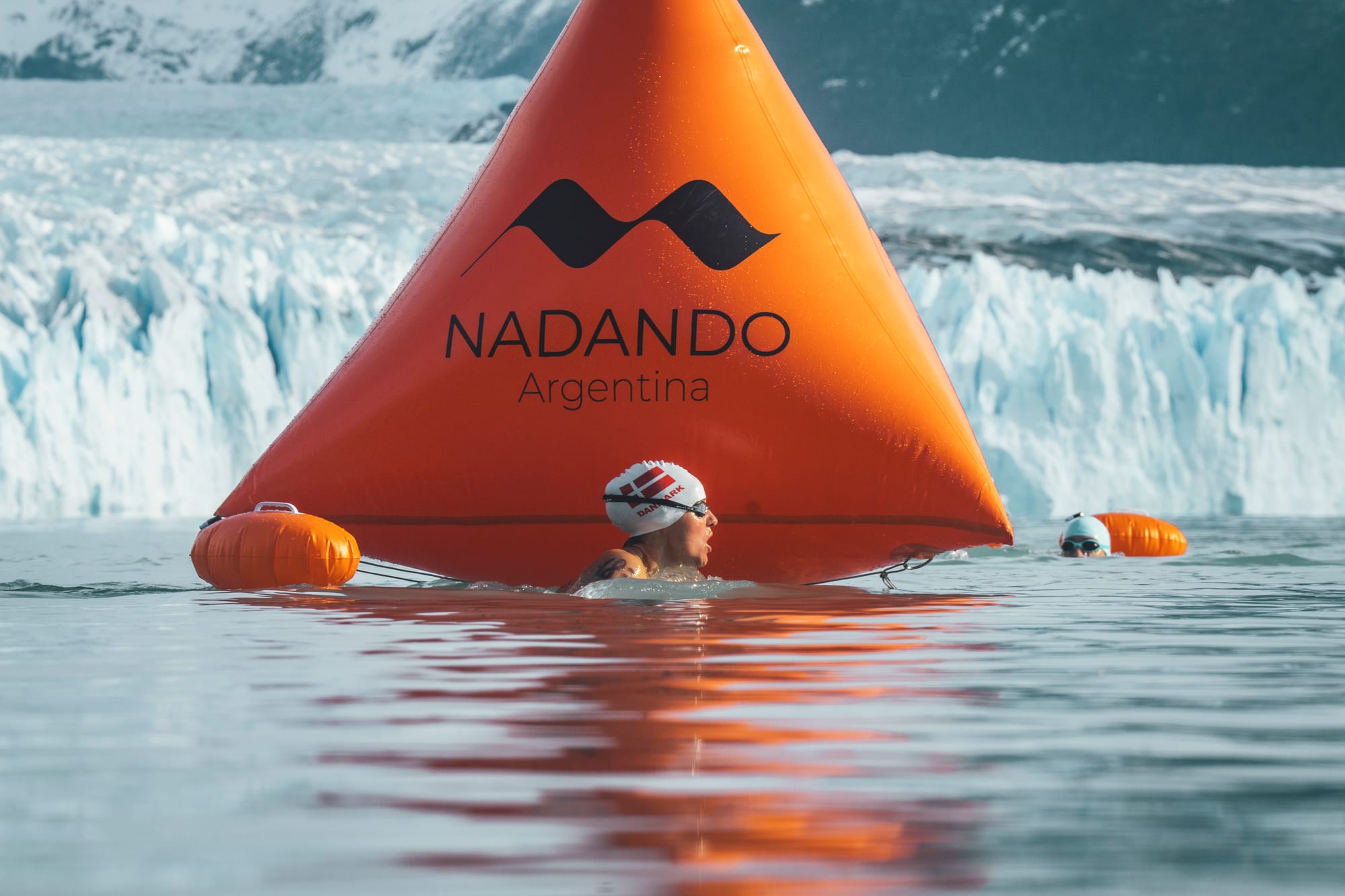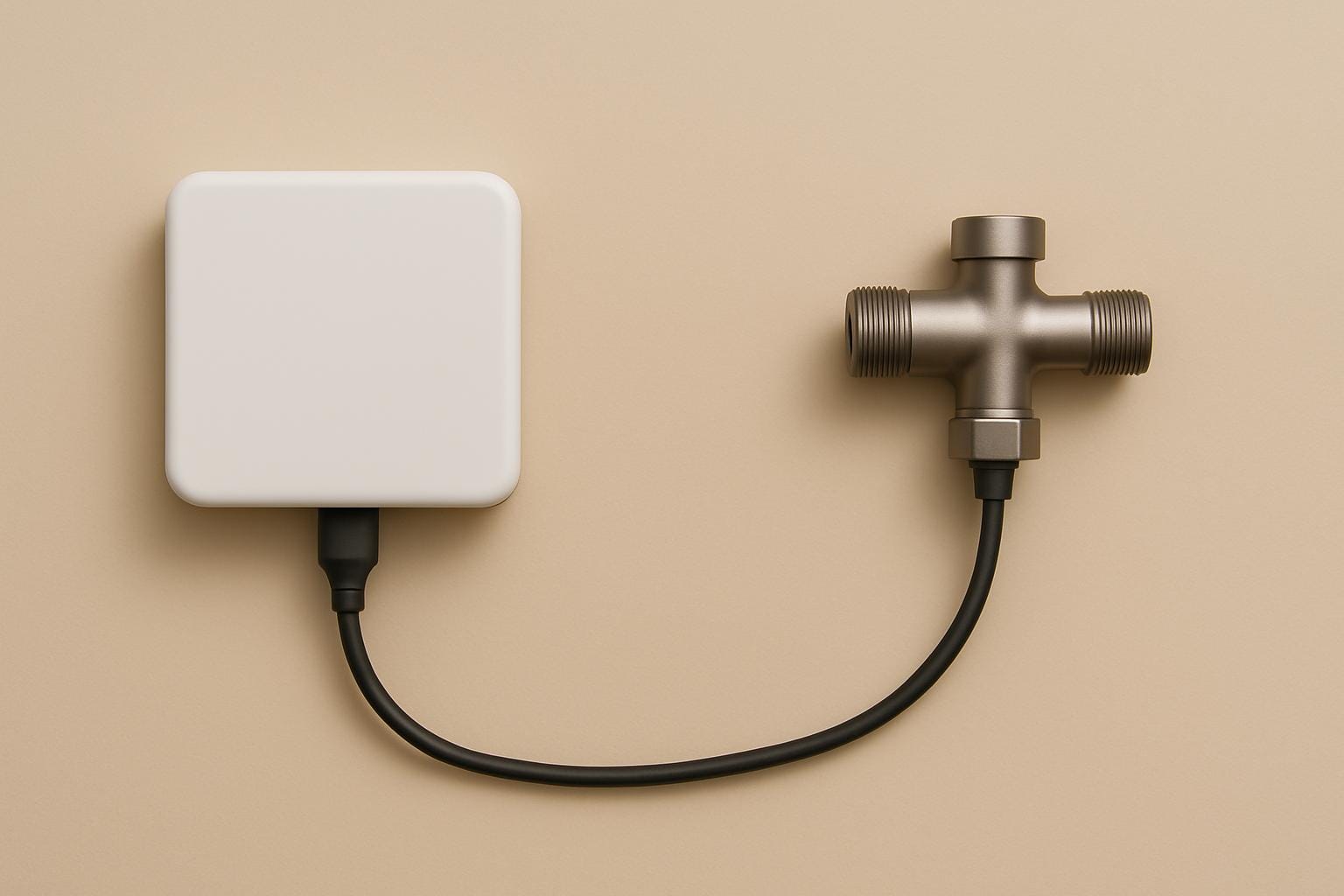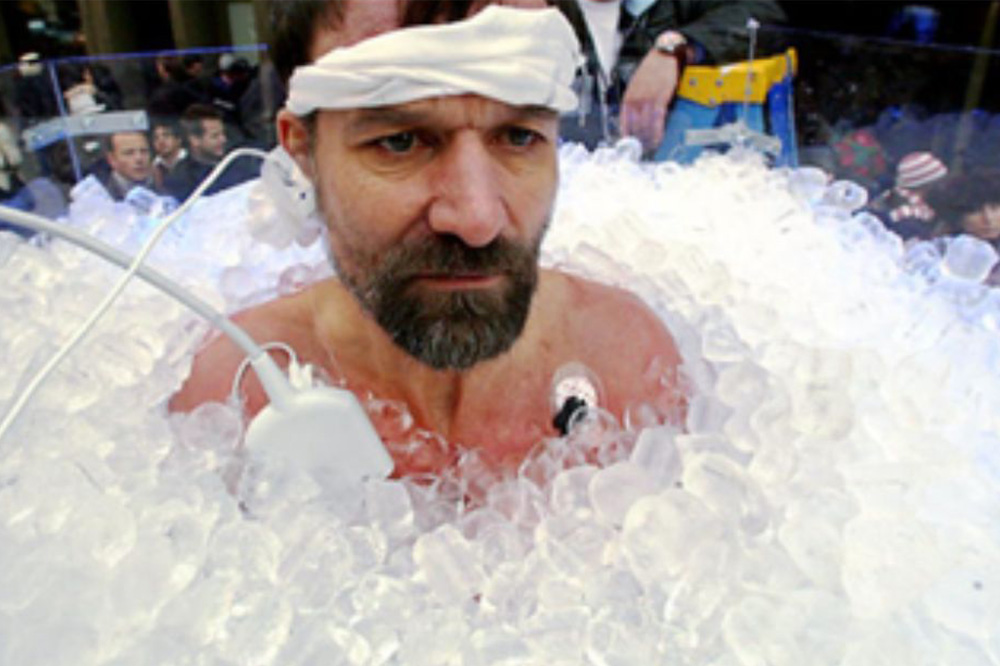Winter swimming is an increasingly popular activity with many health benefits. Even better, it’s a fitness activity and lifestyle with low investment and little equipment, making it popular and accessible for a vast range of people. So you probably wondering what do I need for winter swimming. Here is the complete guide to what you need for winter swimming.
Essential Gear for Winter Swimming
While expert cold water swimmers swim in nothing but a bathing suit and a cap, beginners should start slow and build tolerance. The best way to protect yourself in cold water is with layers, which you can remove over time as you acclimate to winter swimming. Here is the essential gear:
Long Racing Swimsuit
A racing swimsuit covers more of your body, protecting you from convective heat loss in the water.
Neoprene Wetsuit
Layering a neoprene wetsuit over your swimsuit traps an insulating layer of air near your body, conserving more heat. The thickness of the neoprene is determined by the temperature of the water, and wetsuits designed for scuba diving reach thicknesses up to 7mm or more. However, these suits are not intended for swimming, and many swimmers find thick neoprene suits cumbersome and reduce water flexibility.
While a 3mm wetsuit doesn’t offer as much thermal protection, it allows swimmers to retain their full range of motion and swim more comfortably. Therefore, layering is more strongly recommended than choosing a thick neoprene suit.
Latex Swim Cap
Use a thin latex cap to cover as much of your head as possible, especially in the front.
Neoprene Swim Cap
As with the bodysuit, layering a neoprene swim cap over a latex cap traps an insulating air layer against your head, where much of your heat loss occurs. Choose a bright color to increase your visibility in reduced winter light.
Earplugs
Soft, moldable earplugs prevent cold water from getting inside the ear and causing problems. High-quality earplugs prevent heat loss and also reduce issues like discomfort and disorientation.
Optional Gear for Winter Swimming
With the essentials above, you are protected and ready for coldwater swimming. However, the following items are recommended for beginners and increase your comfort and safety when winter swimming.
Goggles
Swim goggles improve your ability to see while swimming, which is especially important in winter when there can be less light than in summer swimming. They also protect the eyes from bacteria and algae that may be present when swimming in natural water.
Neoprene Swim Booties
Coldwater swimming reduces circulation to your extremities, and you can quickly lose feeling in your hands and feet; therefore, it’s a good idea to protect your feet and preserve warmth with neoprene socks or swim booties. Consider layering neoprene boots over thin swim socks for additional protection in especially cold water.
Neoprene Swim Gloves
Like wearing swim socks or booties, wearing swim gloves provides additional protection from heat loss and loss of sensation in the extremities.
Tow Float
Early signs of hypothermia can kick in quickly and be disorienting for people new to winter swimming. Swimming with a tow float is a great way to protect yourself and improve your safety while you acclimate to coldwater swimming and build tolerance over time.
Dry Robe
After winter swimming, the most important thing is to get warm and dry as quickly as possible. Your core body temperature will continue to decrease after you leave the water, in a phase known as “afterdrop,” so it’s important to dry off and get warm within 10 minutes. While you can simply get warm and dry with a thick towel, dry clothes, and a blanket, outdoor swimming doesn’t always have private and comfortable places to change.
A quality dry robe combines the features of a tent, a towel, and a blanket, giving you ample room to change clothes beneath the robe and then helping you get warm and dry after winter swimming or stay warm between swim sessions. Dry robes are convenient, multifunctional garments that are excellent for winter swimming.
Many of the most powerful benefits of cold water swimming are gained over time as your body acclimates to the unique stresses and reflexes of cold water. Therefore, it is essential to pay attention to safety when you begin, protecting your core and keeping winter swims short and exhilarating.
Over time, as your cold tolerance increases, you may find these layers less necessary and may not need as much winter swimming gear as you did initially. However, it is best to begin by being aware of the risks and protecting yourself as much as possible.
Conclusion
Winter swimming is a fun and exciting exercise with incredible benefits for your health and wellbeing. This winter swimming equipment will help you swim safely in cold water while building tolerance and improving your health.
Disclaimer: You should see a doctor prior to starting with cold training and research the risks involved.











Discussion